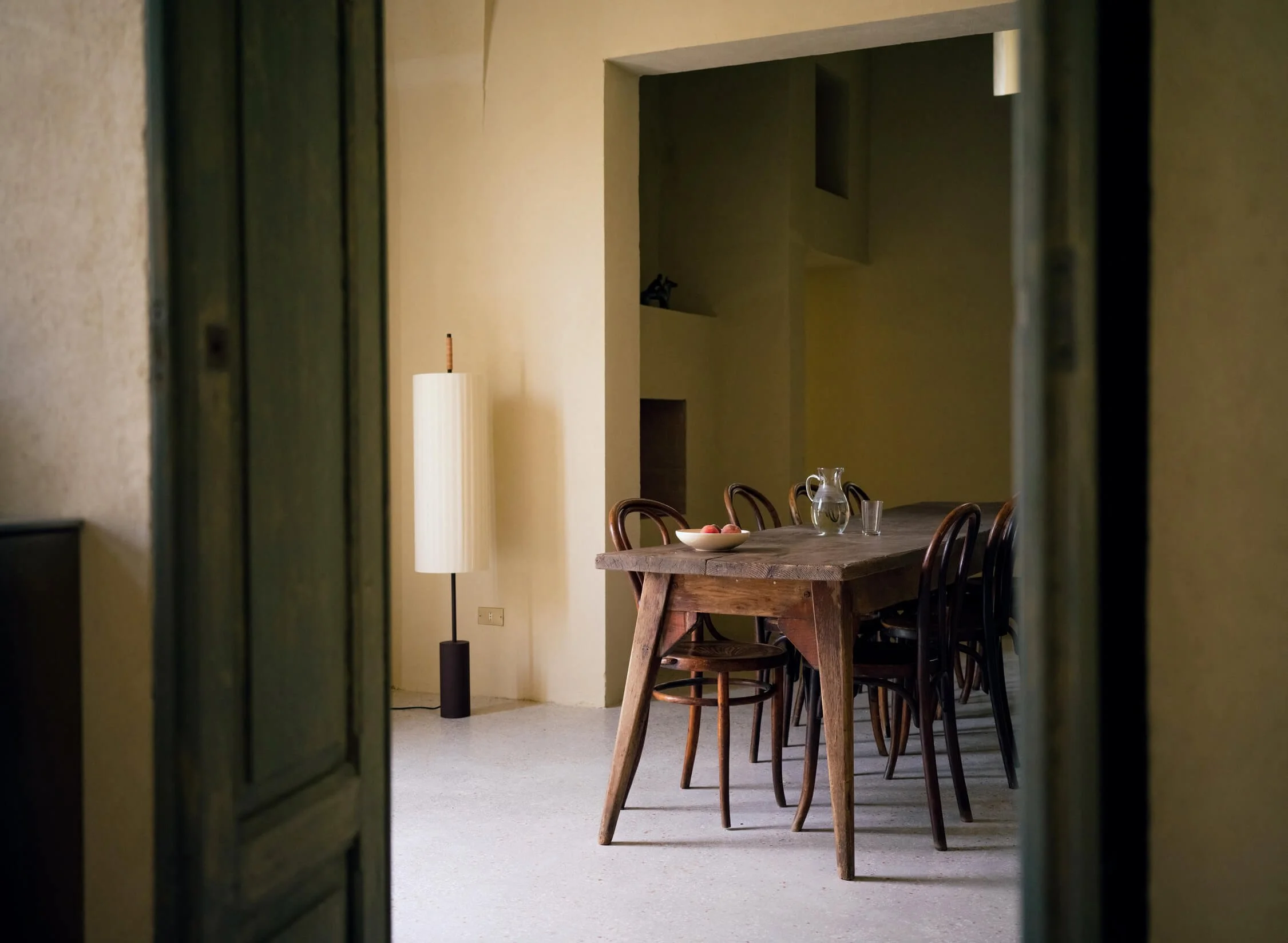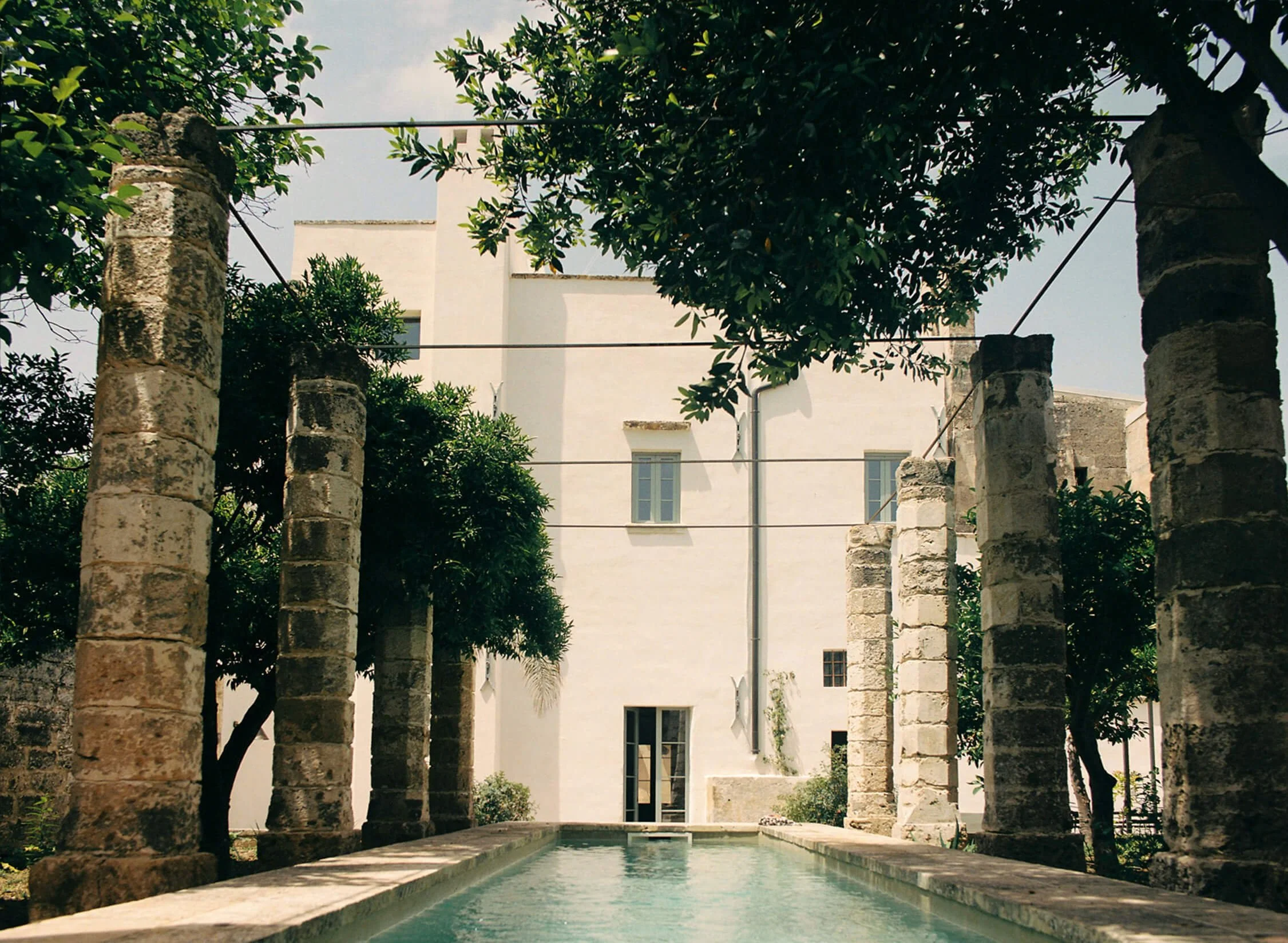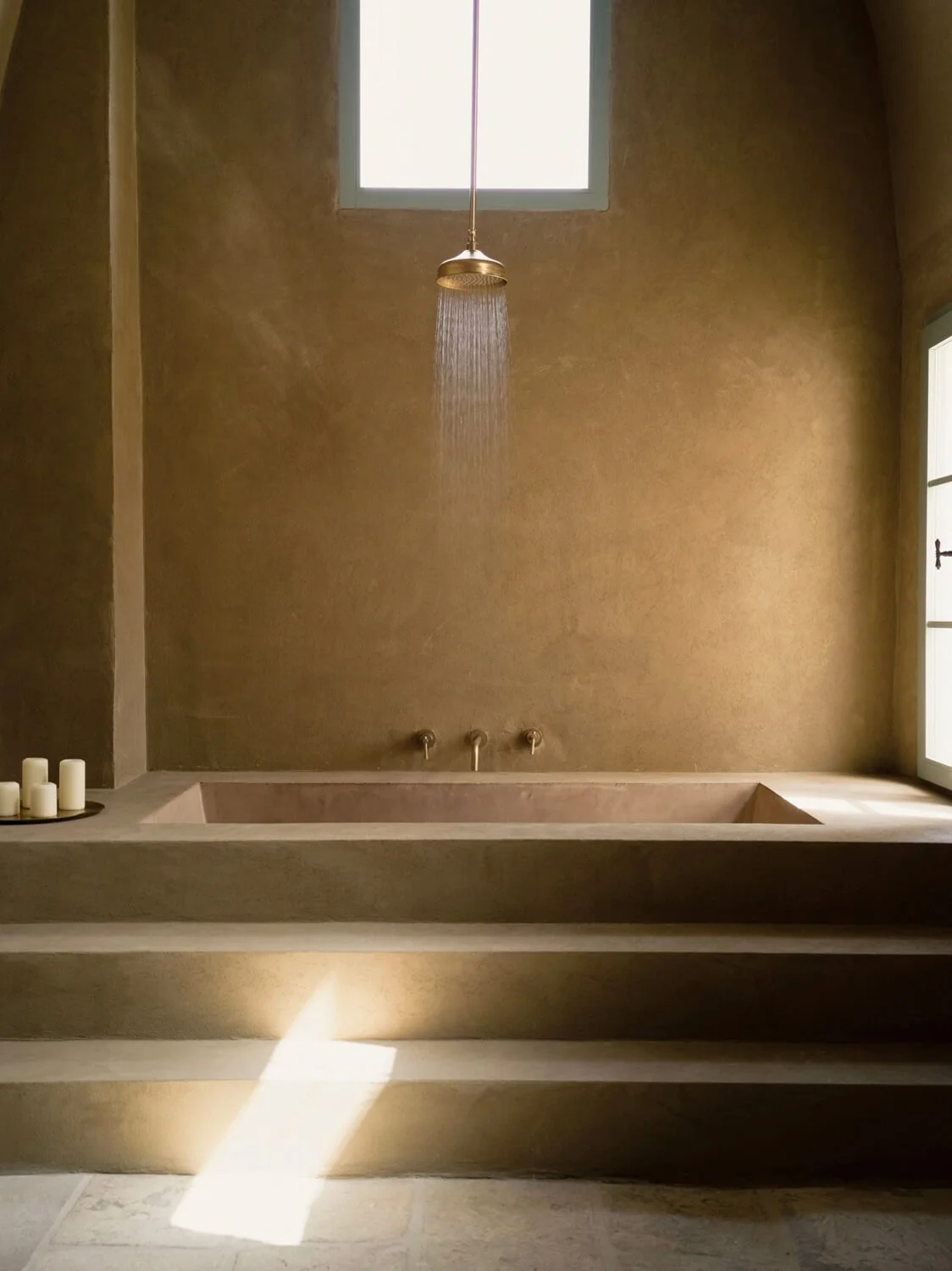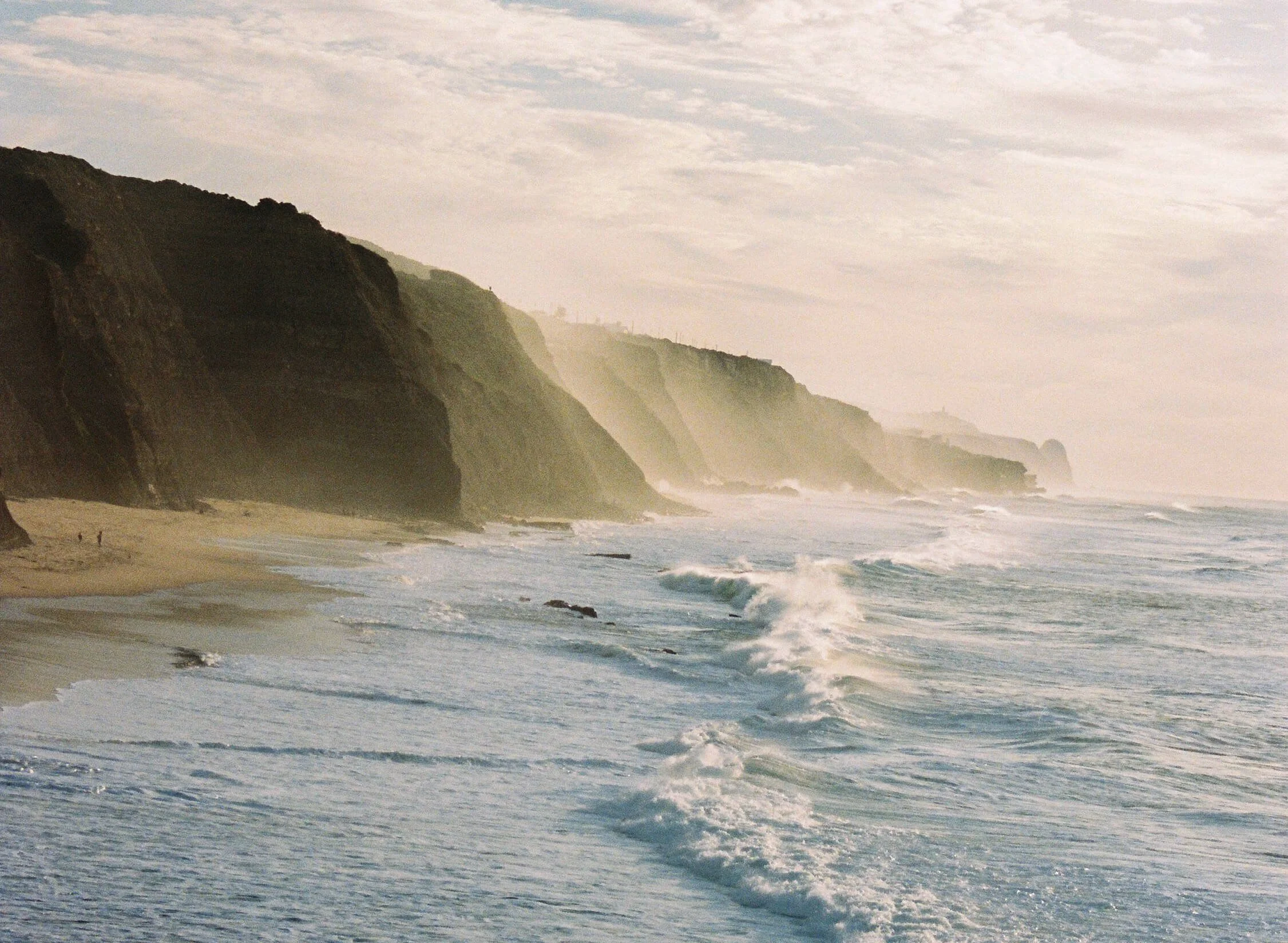Marit Simons
Marit, please introduce yourself:
I’m Marit Simons, a photographer based in Amsterdam, working across architecture, landscape, fashion and still life. I bring a creative eye to architectural projects and work on commissions for architects, magazines and brands.
#1 Your photographs have a very distinct, atmospheric visual language. How did you develop your style — was it a conscious process or something that evolved naturally over time?
It’s mostly been an intuitive process, but working in fashion for two decades definitely influenced the way I see images. I’ve been into photography for as long as I can remember, so spending time on sets of legendary fashion photographers like Paolo Roversi and Steven Meisel has been a real privilege. Observing how they construct visual worlds showed me the importance of narrative, creative collaboration and art direction.
My own visual language began to develop when I started shooting just for myself, at first more like a visual diary. I captured scenes on weekend trips across Portugal. Dramatic coastlines, portraits of people, empty restaurants, half-finished plates of food. Over time a clear creative direction emerged, with stillness and imperfect beauty as recurring themes. So when I began photographing architecture, it felt like a natural extension to the rest of my work.
#2 Architectural photography often follows strict rules around lines, composition, light, and color. How do you approach these conventions — and where do you allow yourself creative freedom to break them?
Broadly speaking there’s a difference between project documentation and editorial, which involves more creative direction. Personally I want the images to feel natural and evocative, rather than clinical. Although my eye definitely leans more editorial, I always start by framing the shots around clean lines and geometries, before exploring more intuitive angles. I believe there’s room for a middle ground, respecting the integrity of the design but also creating images that feel closer to the human eye.
#3 How would you describe your personal perception of space — and in what ways does it shape the way you approach and capture architecture through your lens?
I’m very sensitive to how spaces feel, especially the way light moves and bounces off different surfaces. Before shooting I like to spend some time just observing. Certain spaces can seem to have an energy of their own, which can be further highlighted through other creative elements.
Light is of course everything in both architecture and photography and I really enjoy playing with it like a kind of chiaroscuro, to give depth and mood to the images. It also shows objects and spaces are never static. You change one thing and the whole mood changes.
#4 What influences your visual and conceptual approach? Are there specific artists, movements, or even unexpected sources of inspiration that inform your work?
My approach usually begins with ideas around art direction and storytelling. I think a lot about how different visual elements come together and how to create a cohesive, yet diverse set of images. For inspiration, I love sourcing interesting vintage objects and leafing through old books. For example recently I came across a book on Pierre Chareau that has the most beautiful images of Maison de Verre by François Halard. There’s an almost cinematic quality to them.
I’m also drawn to work that sits at the intersection of things. In a world so oversaturated with images, it’s the unexpected crossovers that produce the most interesting results. And apparently, that idea isn’t even new. The other day I learned that in the 70s AD used to commission Sarah Moon, a respected fashion photographer known for her impressionist, painterly style. An unusual choice, but an inspiring one.
#5 Is there a dream project you'd love to realize one day — or something on the horizon that you're particularly excited about?
I’d love to work on more long-term personal projects and eventually create a book or exhibition. I have a few places in mind that I’d really love to photograph but if I could mention one dream collaboration, it would be Anne Holtrop. I really admire his way of thinking and how he lets the qualities of materials guide his designs. He’s mastered the concept of imperfect beauty in my opinion.
#6 AI is rapidly changing the landscape of visual creation, including photography. How do you personally relate to these shifts — and what role do you think AI should or shouldn’t play in the creative process?
It feels urgent to have this conversation and I do have a strong opinion on it, because while AI is still in the early phase you can already see the social and environmental consequences. To me AI images look overly polished and lifeless. It isn’t art and can never produce meaningful images, because it doesn’t have any personal signature. I think it’s really important to hang onto the process of imagemaking in real life, together as creatives. It’s a collaborative process where often the unexpected ideas lead to the best outcomes. That’s what gives photos their soul.
With that said, AI can of course be a useful tool for architects to visualise projects that don’t exist yet. But I think it needs to stay limited within that ideation phase, not replace the humans in the final stage of a project.
#7 How do you see the role of an architect in today's society?
Of course I’m not an architect myself so I can only speak from an outside perspective. I think the role of the architect today goes beyond creating beautiful, functional spaces. There’s an urgent need to build with more empathy toward nature and community but there are no silver bullet solutions for any of this. I have a lot of respect for people across the field who approach these challenges with curiosity, who carve out spaces for conversation or find other ways that they may be able to contribute that go beyond the design itself.
#8 How does your environment influence your work?
My environment plays a huge role in what I see and choose to photograph. And I also believe that the longer you spend in a place, the more stories you start to see around you that deserve to be told.
The dramatic coastlines and imperfect beauty of Portugal have definitely influenced my eye and taste during my time there. But since moving back to Amsterdam, my focus has shifted away from landscape, toward architecture and still life, because the landscape here is quite uniform. Working indoors gives more control over visual elements, which has been a refreshing change.
#9 Three things that inspire you at the moment?
Recently I saw the exhibition “Father” by Diana Markosian at Foam in Amsterdam. So immersive and raw, it made a big impression.
Handprinting my photos at the lab, it adds something really special.
Sourcing interesting vintage objects, I’m always on the hunt.
#10 What do you currently read, watch, listen to?
Reading: On Photography by Susan Sontag
Listening: Emergence Magazine podcast
Music: A mix, lately a lot of Brazilian, Italo disco, and some Black Rebel Motorcycle Club
Links
website: maritsimons.com
Instagram: @maritsimons
Photo Credits: © Marit Simons
Interview by Caroline Steffen

















